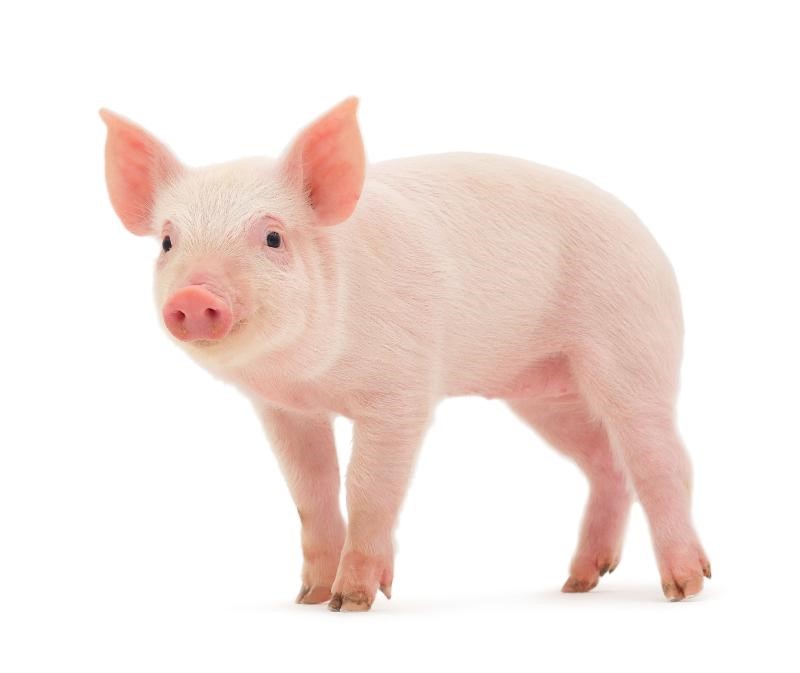Lesson Learned #34
 Several years ago we worked in a factory that produced cookies and crackers, along with various other sweet and salty treats. Production scrap was sold off to local farmers and used as pig feed. The good news was that the scrap was generating a little revenue and being used for a productive purpose, and the plant was kept very clean. The bad news was the plant produced too much scrap.
Several years ago we worked in a factory that produced cookies and crackers, along with various other sweet and salty treats. Production scrap was sold off to local farmers and used as pig feed. The good news was that the scrap was generating a little revenue and being used for a productive purpose, and the plant was kept very clean. The bad news was the plant produced too much scrap.
The problem was that the scrap issue was cloaked by the cleanliness and didn’t appear to be a cause for concern. We had seen the same thing at a heavy-equipment manufacturer (floors were spotless) and at a high-tech french-fry processing plant (sanitation was so efficient it was costing them a small fortune).
At the cookie plant, we attempted to quantify the cost of the waste and determined it was a bigger issue than it seemed. The efficiency of the clean-up program had all but eliminated visual clues, which ironically had reduced the waste problem to a non-issue. That was until the decision was made to allow the bins and scrap piles to build up. The speed at which the scrap cluttered the respective work areas quickly signalled to everybody that this was a bigger issue than anyone realized. Now that the issue had people’s attention, the problem-solving and resulting improvement could follow.
This lesson learned runs somewhat counter to one of our maxims (Fix “Broken Windows“) and to some of the popular “5S” philosophy, both of which are more in line with cleaning up waste immediately. The true underlying problem may have been that the magnitude and cost of the waste hadn’t been properly measured and communicated to management. Waste is never that simple to quantify, because the cost basis shifts as products flow through the process and value is added along the way (this is also true with data processing). In any case, the clean environment led to a general lack of awareness. What we’ve learned is that sometimes there is a lot of power in letting people visually determine for themselves that there is a problem, rather than trying to convince them with spreadsheets and charts.
Hopefully the pigs found something else to eat. (Editor’s note: A couple of years later, we were working at a facility situated very near to the cookie plant. We were thrilled to see the pigs seemed as portly as ever).